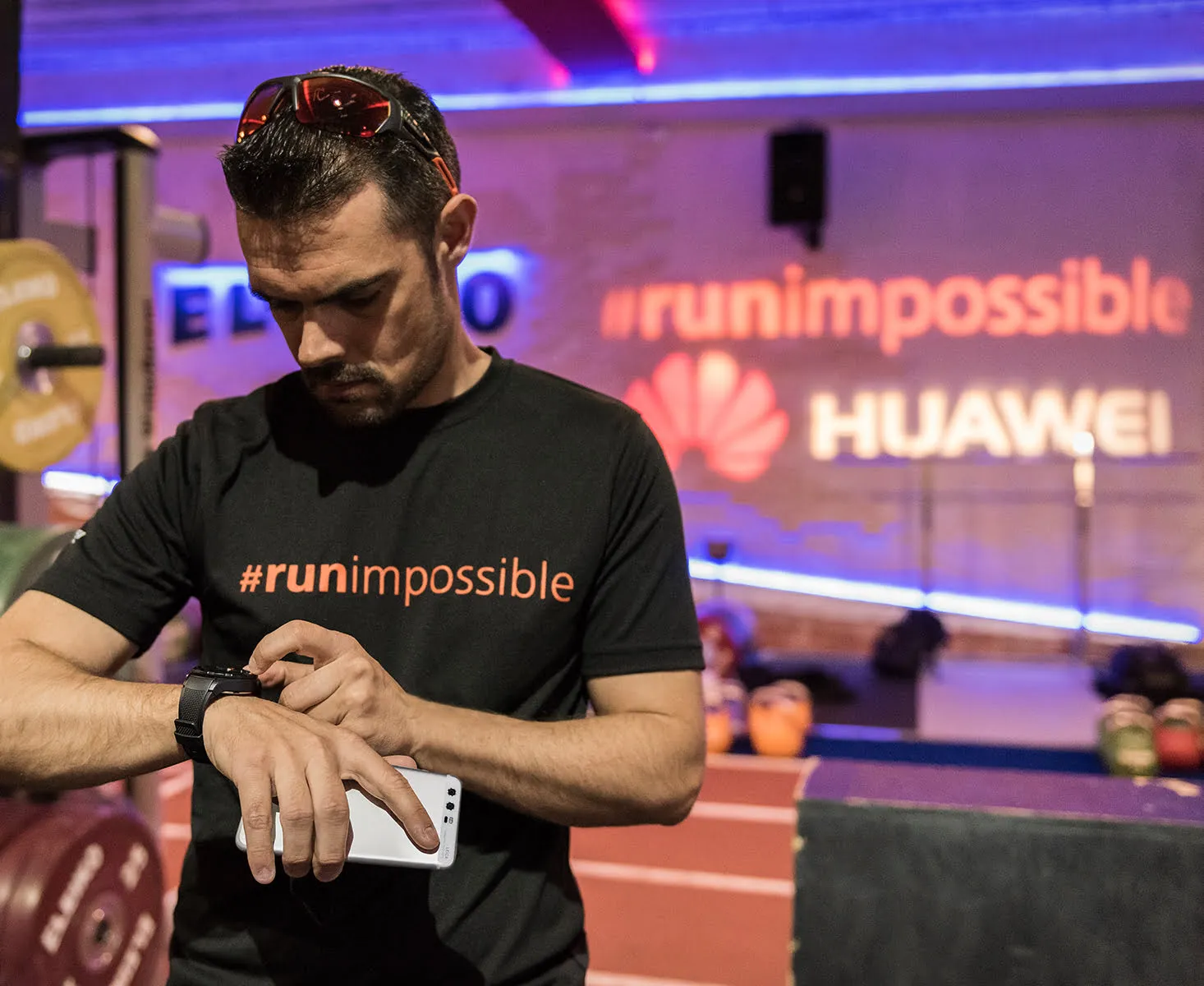We’ve officially made it to February, which for many people, marks the second month of adherence to (or avoidance of) their new year fitness resolutions. While the quest to lose weight and get toned certainly isn’t new, the conversation between brands and consumers is changing in the world of fitness retail.
Tight and toned isn’t enough anymore. Many consumers have grown weary of implicit body shame in the fitness industry and are seeking a wellness-focused approach to staying in shape. The movement towards #bodypositive content has already made its mark on social, and it’s time for fitness retail brands to get in the game – not only online, but in practice. Believe it or not, many labels in the fashion world have already taken strides toward inclusivity, yet fitness brands are, for the most part, lagging behind.
Not all of us are Serena Williams, and that’s okay. Others may be approaching Serena Williams status, and that’s okay, too. Historically, leading fitness brands have excluded the first group from their focus. Their messaging has surrounded high-performing athletes who want high-performance fit wear, and truthfully, it’s intimidating. When those who are new to exercise aren’t welcomed with open arms, brands lose opportunity.
The global market for sports and fitness clothing is expected to reach $231.7 billion by 2024, according to a report by Global Industry Analysts. The demand is there – it’s just a matter of understanding how to serve and connect with consumers. But there is an answer: deliver memorable touch points to consumers where they live, work, play, and shop – and reject the intimidation factor.
Millennials seek experiences from brands
We now know that Steve Jobs had it right when he insisted, against skepticism from pundits at the time, that Apple open brick-and-mortar stores. Retail brands that specialize in fitness wear need to ignore the calls of the “death of retail” and apply a similar philosophy.
More than three in four millennials (78%) would choose to spend money on an experience or event over buying something desirable, according to a study by Harris Group and Eventbrite. Retail brands can seize on this data by creating an in-store environment that’s worth experiencing.
One fitness brand that has transformed its retail presence into a destination in its own right is Adidas. At their NYC flagship store, the brand gives store visitors the chance to find the right running shoe through a system called RunGenie. Through the use of sensors and an iPad app, the system analyzes the runner’s gait while he or she is wandering through the 45,000 square-foot space. That, plus a quick running session, allows visitors to find the perfect shoe — because Adidas knows that one size doesn’t fit all. The store also features a 360-degree VR experience that features NBA star James Harden, as well as interactive touchscreens that provide product descriptions, ratings and reviews. A section of the store coined “The Turf” allows visitors to actually test out products before purchasing.
For Adidas, the focus is using retail experiencesto sell products — which, as it happens, can’t be obtained online. And each one of these experiences is tailored to the individual, with the goal to enrich not only their interaction with the brand but maximize use of what they’re selling. By designing a retail approach with the end in mind – the consumer using the product – brands can deliver memorable interactions that shoppers can’t get anywhere else.

Start with fitness, end with retail
The mindset for fitness brands must shift away from product first, fitness second. Consumers buy based on one need: to exercise and get fit. These are goods the consumer needs to sweat in, be comfortable in, and above all, motivate them to get moving. The focus should be on enthusiasm for fitness first, with purchase all the way at the finish line.
Just this past year, Nike initiated a pop-up shop in Los Angeles to celebrate the 30th anniversary of the “Just Do It” campaign. There, visitors could train beside athletes Jared Goff, Chloe Kim, Kyle Kuzma and Leticia Bufoni if they liked. Pre- and post-workout meals were offered by a professional chef, serving to educate visitors on the best foods to eat before and after breaking a sweat.
Imagine how many questions were answered and conversations started. Through this strategy, the barriers the brand might have to meaningful consumer engagement are broken down through an approachable, real-life, inclusive movement to put fitness first. In reality, achieving fitness goals often isn’t easy for most people. When fitness brands support the consumer on their journey to health and wellness, they will thank them for it.
Dynamic duo: The influencer (or micro-influencer) meets the pop-up
Influencers and micro-influencers can be effective allies in forging new relationships with potential customers and strengthening existing relationships. Micro-influencers generally don’t have the reach (and price tag) associated with larger-scale influencers, but they allow brands to connect with a targeted, engaged audience. Once a brand finds a network of online personalities that align with its mission and core values, they can maximize the partnership through pop-ups. A pop-up collaboration with an influencer or micro-influencer reinforces a genuine connection with your brand community; it brings a familiar, admired human element to an interactive experience.
Gymshark, a U.K. fitness brand, launched a pop-up in the LA market in partnership with local fitness influencer, Nikki Blackletter. For a brand that might often feel “far away” or distant (headquartered in the U.K., with no permanent locations in the U.S.), Gymshark built customer loyalty and brand awareness using this strategy, as it helped to hyper-localize the brand. Blackletter, along with a list of high-profile athletes, was on-site throughout the pop up, and each athlete’s presence drew attendees from their own audience as well. The pop-up’s fitness celebrities helped the brand get the attention it needed while creating a sense of community amongst fans. In a place where they had little traction, the pop-up influencer partnership gave the brand exactly what it needed to differentiate itself while boosting awareness and sales.
In Conclusion
The first step to getting fit is to dress the part. If retail brands want to increase the size and scope of their customer base, they need to break the cycle of intimidation and broaden their appeal to people of all sizes and fitness levels. Fitness brands will get the most traction through real-life, approachable experiences that provide consumers with tangible brand value.







